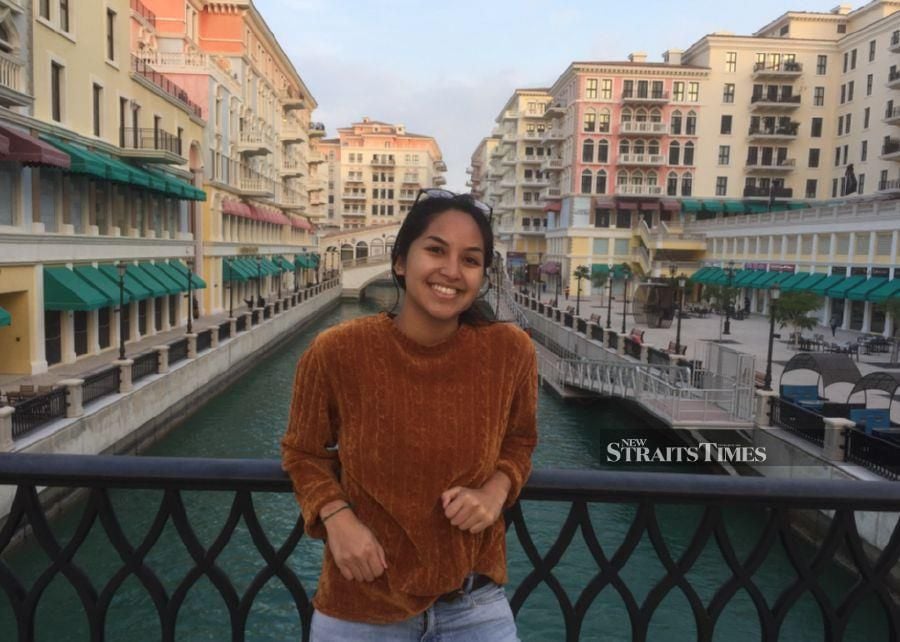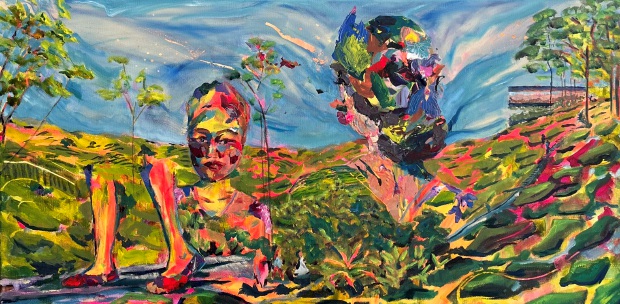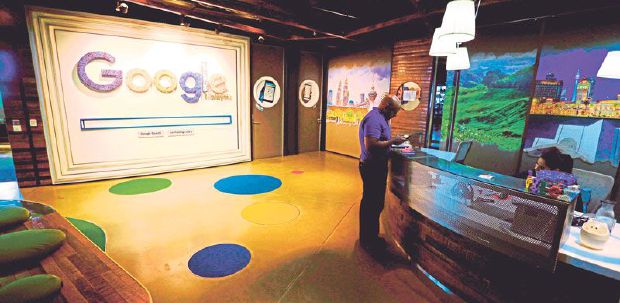PERHAPS you are doodling on the newspaper now. Or on something else. The front of a junk-mail envelope, maybe? Or is it an airplane menu? It's not just a blank sheet of paper that inspires those of us who can't help doodling, but the contour or arrangement of the letters, pictures and shapes on a sheet of printed paper.
The doodle is a casual, nervous gloss on what's already there, a more or less deliberate response, which may or may not have anything to do with the substance of the text or image.
If the doodler is an actual artist, the doodle may hasten to consciousness some qualitative thought, spark a bigger idea, which can be developed elsewhere; more formally, in directions far removed from the source.
I imagine almost all artists doodle, perhaps absent-mindedly, in the way that pianists tap fingers or photographers frame pictures of what they're seeing through an imagined lens. They can't help it really. Doodling is a tic of the trade.
I completely get it. I'm a compulsive doodler myself.
And I can't help but doodle on the side as I speak to doodle artist Sofia Munira Mohd Shamsunahar, and I tell her so. She grins widely. "It just feels so good to doodle!" she replies back earnestly.
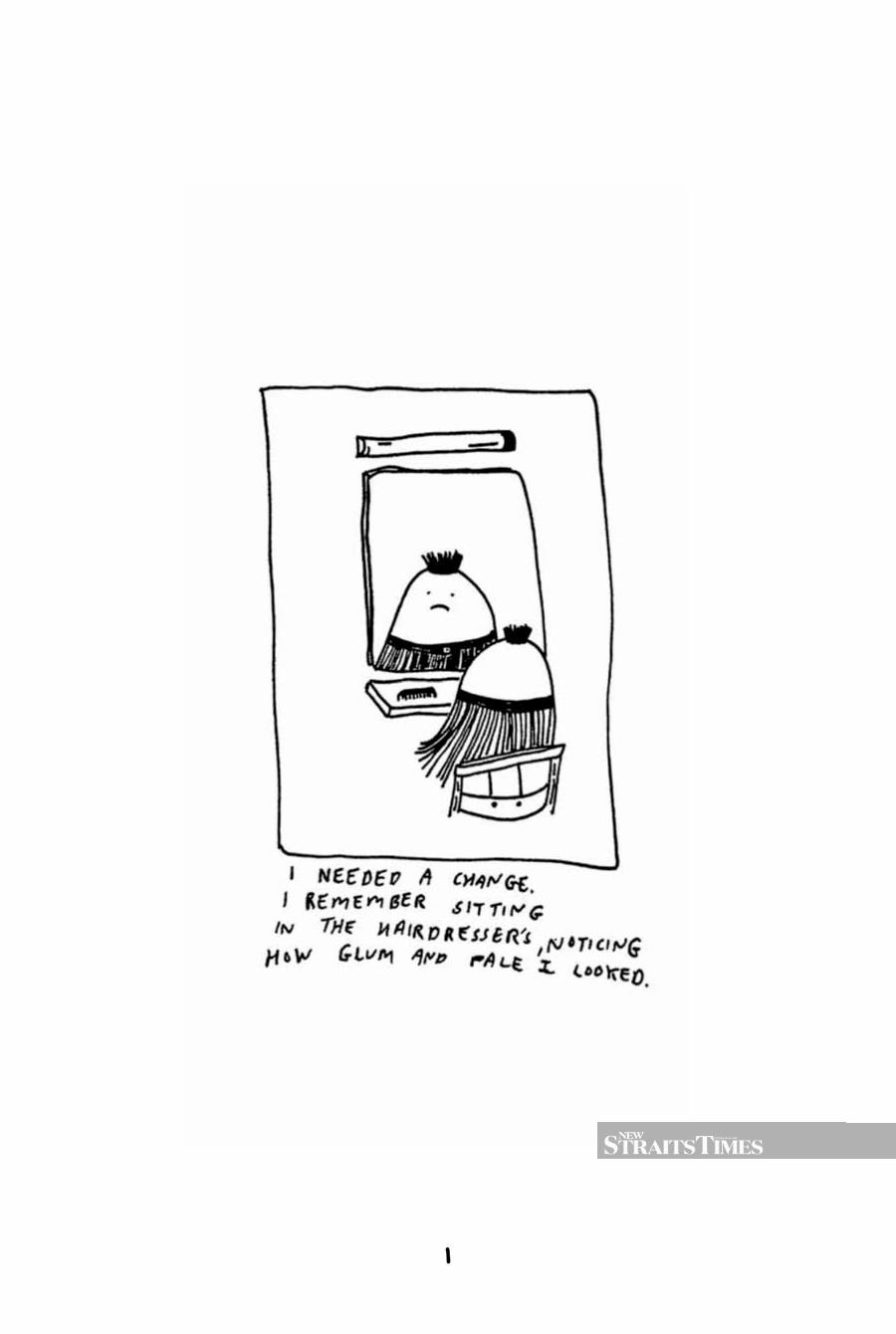
The easy, unrestrained lines can often tell a story. And Sofia's doodles do tell an intriguing tale about life and the celebration of it in all its imperfections.
The 24-year-old has come up with a book of doodles entitled Sof's Doodles: Returning to My Roots, which encapsulates her search for meaning in life and connection.
"I didn't really intend to go out and create a book," she confesses half-sheepishly, before adding: "I mean, I did dream of coming up with my own comic book after graduating from college."
The book came organically, she insists. "I had been documenting my journey and experiences in the form of doodles. I didn't create these comics to publish a book. But it so happened that I had this compilation of comics that I then sent to the publisher and they were keen to come up with a book!"
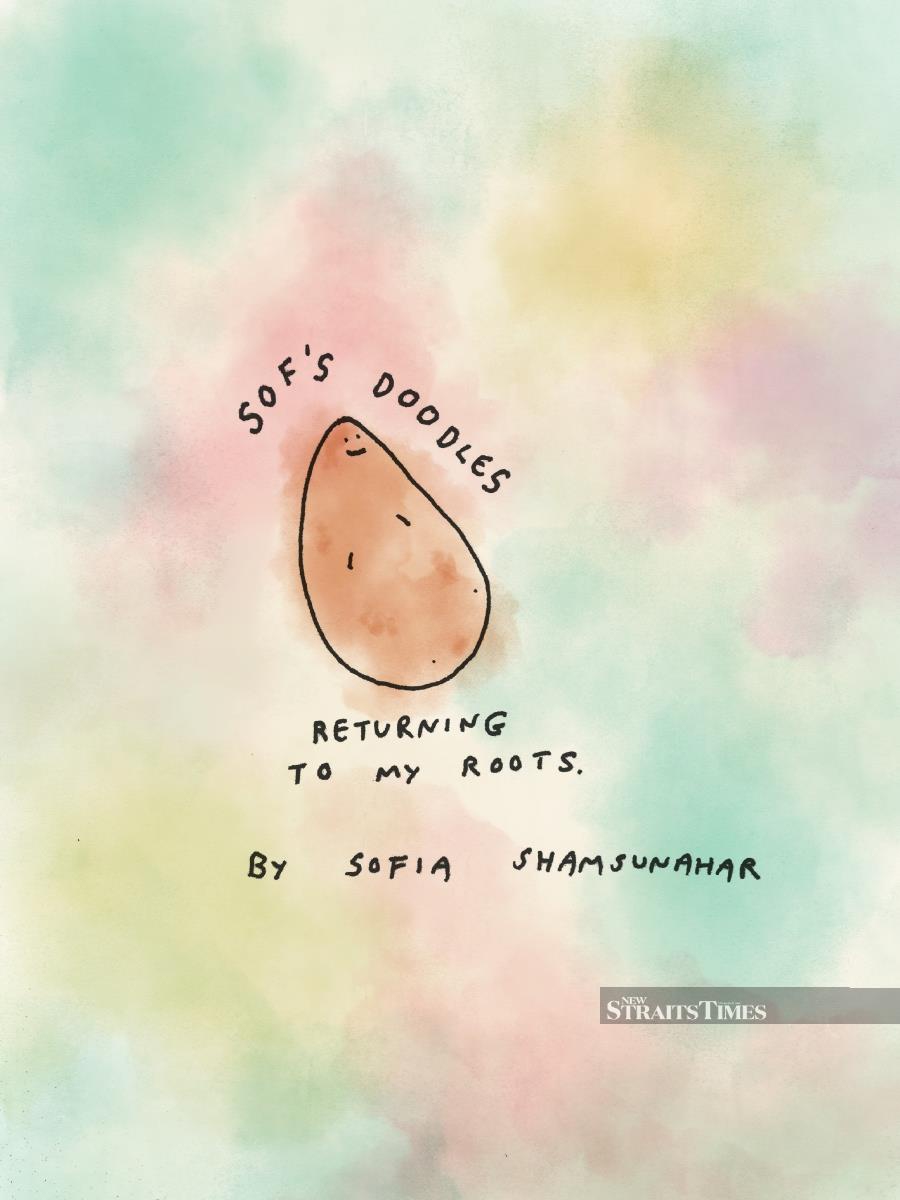
The collection of doodles does indeed feel like as though we're peeking into her diary. Sofia's work seems to emanate from some unrestrained part of her psyche, and it plumbs and tickles the recesses of our own. We learn a lot about Sofia in the book, but we also recognise some parts of ourselves in her narrative too.
I mean, we can all relate to going to the hair salon and asking for a dramatic new look because we're desperately trying to look for a change. Or the need to connect and belong somewhere.
The mood in her drawings can swing from being lighthearted to feeling bleak — tragedy, sadness, loneliness are recurring themes — yet always presented in the same childlike scrawl.
LOVE TO DOODLE

Sofia started doodling when she couldn't concentrate in class. "I used to draw these little giraffes and animals at the corner of my book!" she recalls fondly. She doodled during boring lessons, then brought her flights of fancy to life at home. "I drew everywhere!" she says, smiling widely.
There's something delightful and utterly engaging about doodling, she says. "For one, there are no rules!" she points out blithely. It's rather freeing to draw playful, wonky drawings that were far from perfect. "…but I loved them!" she insists, adding that the edges of her books were filled with her doodlings.
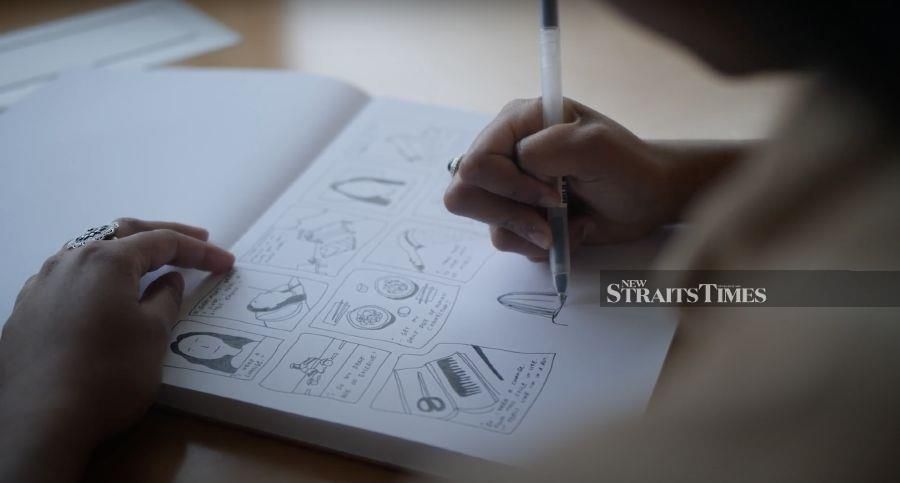
Given her love for art, Sofia took up certified art courses in high school, where she learnt the rudiments of paintings and creating "serious art". "I didn't love it," she confesses, adding: "It wasn't me at all and it reflected in my grades in art." She barely passed her art classes, much to her disappointment.
She would have given up altogether if it wasn't for her art teacher, who accidentally graded her doodles. "That was the first 'A' I received," she recounts dryly. Her teacher pulled her aside and told her that she was on to something with her doodles.
Sofia was shocked and delighted. Her doodles were the result of her innermost expressions and thoughts. There was never any pressure to be "perfect" doing them and she was ecstatic to learn that they could be considered as "real art".
Her grades shot up after that because she embraced an art style that she could finally connect with. "I was my most authentic self when I doodled," she says, smiling.
"Did you go on to pursue art in university?" I ask. She shakes her head vehemently. "Oh no!" she replies, adding: "I pursued political science and human geography. I wanted to study something that would help communities and people." That need soon surfaced in her art as well.
Sofia needed a reason to continue her art — post art classes — and SofsDoodles the Instagram account was born. "I love doodling because it was freeing. I never dreamt to monetise my work because I simply enjoyed the freedom to create without pressure. This was very important to me," she insists.
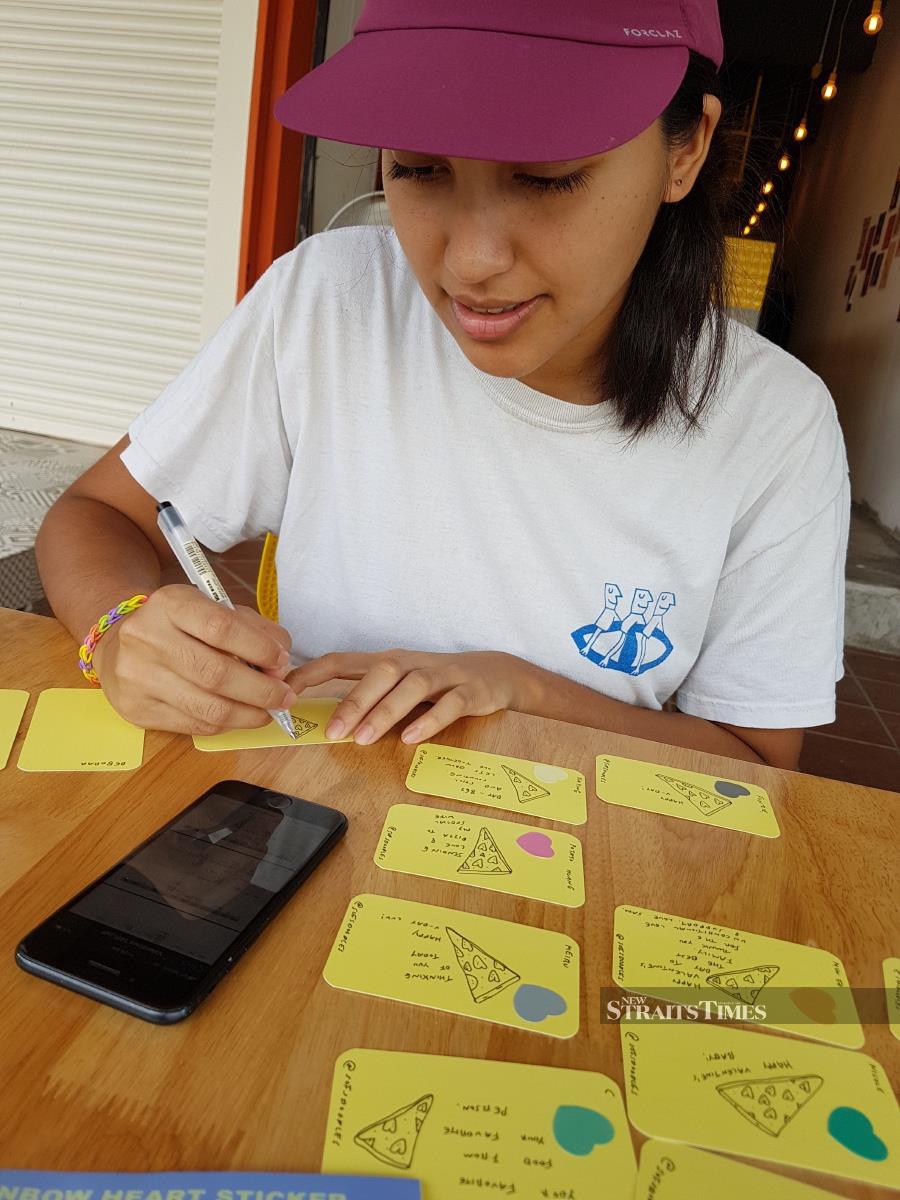
The Sarawak-born artist went through a rough period in university, where everything felt bleak and grey. And that experience was recreated in her doodles. And somehow, it resonated with many people who stumbled across her Instagram account.
"People would come up to me and tell me that they identified with some of the work I drew and that they could connect with what I was describing in my doodles," she recalls.
For the first time, she realised that her art wasn't just making her feel better — it was also helping others around her feel better too. "In my dark days, I felt so small and drawing helped make me feel bigger and give life meaning again," she explains, continuing: "But now I realise it's also helping others feel better and they too realise that they're not alone in feeling a certain way."
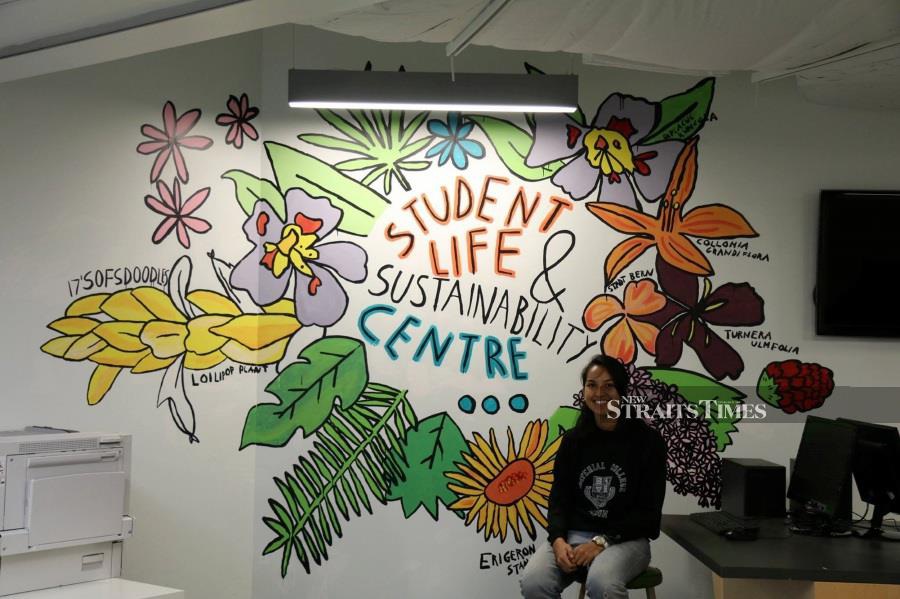
Her Instagram account soon gained a following. Sofia soon started being recognised for her quirky art with a message. She was invited to paint murals, give talks about art, get requests for commissions and was even filmed for a short documentary about people to help the community in Vancouver, where she was studying.
"It felt good that people were resonating with my art and that strangers would find some doodle they related to," says Sofia, adding: "Suddenly, it felt as though my art had the power to not only bring clarity to my life, but it also brought people together and created this sense of belonging. We weren't alone in our experiences after all."
NEED TO BELONG
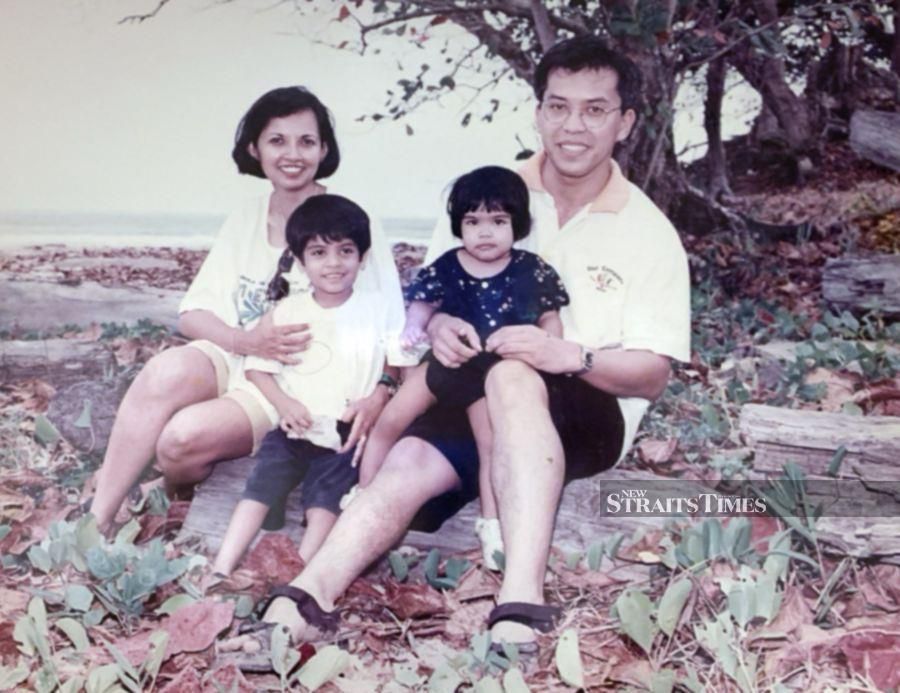
The younger of two siblings, Sofia knows a thing or two about struggling to belong. She left Malaysia at the tender age of 4, and followed her engineer father and geophysicist mother abroad as they worked in different countries, including the Netherlands, Oman, Norway and Canada.
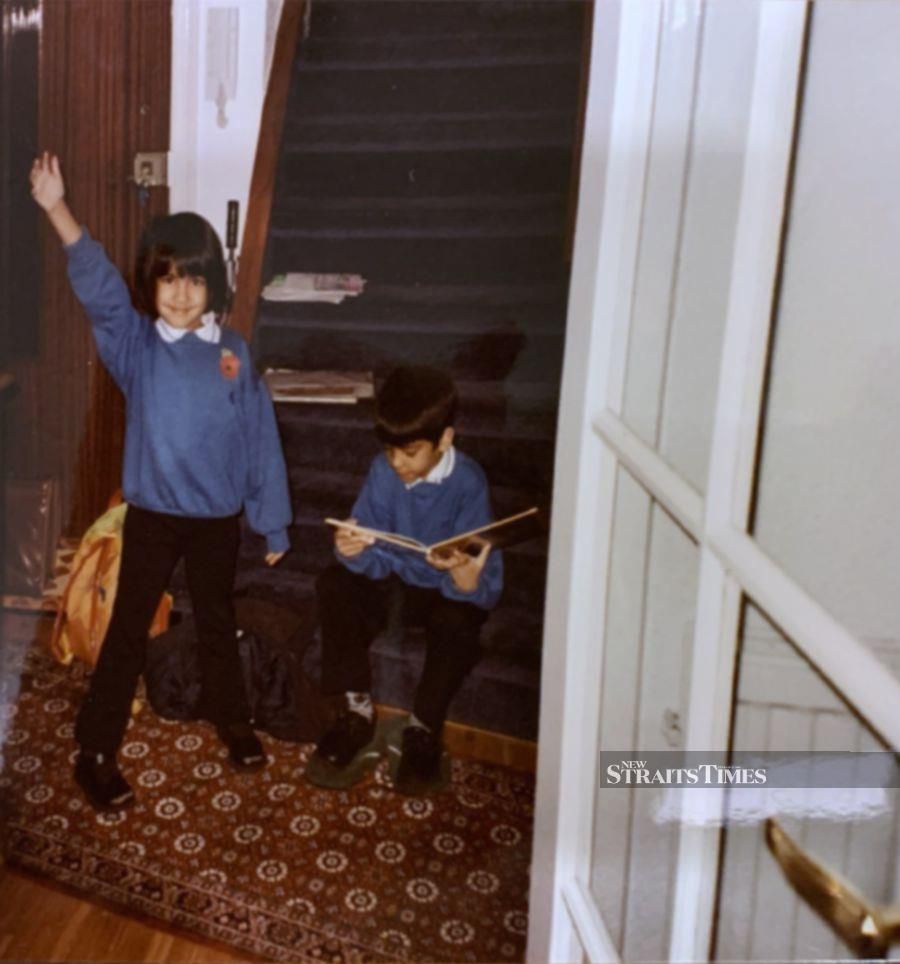
Dubbed as a "Third Culture Kid", she had seen more of the world by the age of 18 than most people had in a lifetime. The term, coined by the American sociologist Ruth Hill Useem, refers to a child who has spent a significant part of their formative years outside their parents' culture.
People who fit that bill have a tendency to mix and merge their birth culture with their adopted culture, creating one of their own: a third culture.
"It's been mostly a blessing," she insists, adding: "Living like this can sometimes feel liberating. I feel as though I'm wearing different masks, and I am constantly able to reinvent myself. But this also presents a dilemma: who am I really? Which of these masks is the true me? Not knowing my own culture was making me feel like I was floating in life."
She nevertheless feels gifted to have been raised abroad. Her childhood spent in different countries opened doors to a world of excitement and opportunity out of reach to her peers back home in Malaysia.
But there had been times when she'd wondered about the settled lives of those who stayed behind when her parents took her and her brother along for the ride. Would she have been happier if she had stayed home?
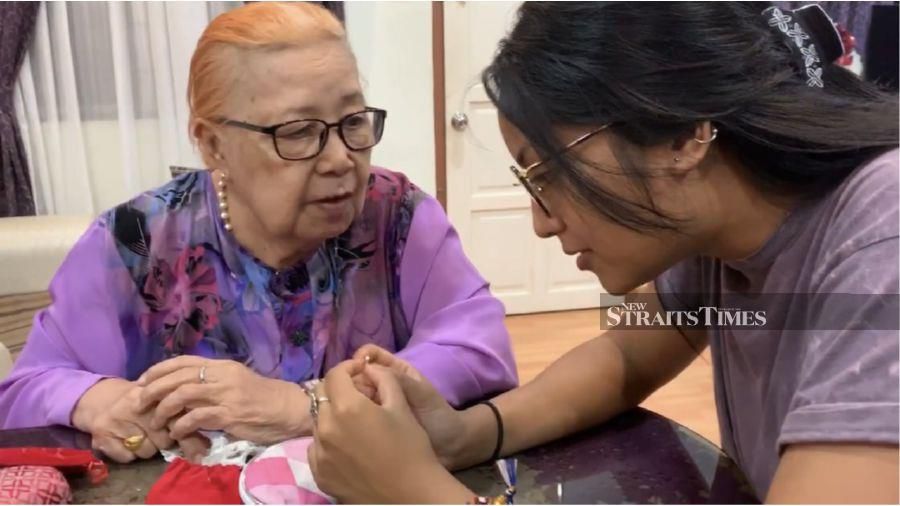
The urge to reconnect with her roots grew stronger. "I had the desire to understand myself better. Not knowing my own culture was making me feel like I was detached from everything," she reveals.
It was during her search for meaning that Sofia got a shocking awakening that would change the way she saw the world and herself. "I felt that I was also getting a second chance of sorts, to live life with gratitude and meaning," she says softly.
About seven years ago, Sofia and her mum were travelling from Amsterdam to Kuala Lumpur. They were supposed to be on the ill-fated MH17 flight, but fate intervened. "My mum had to work that day so we took the next flight two hours later," she says quietly.
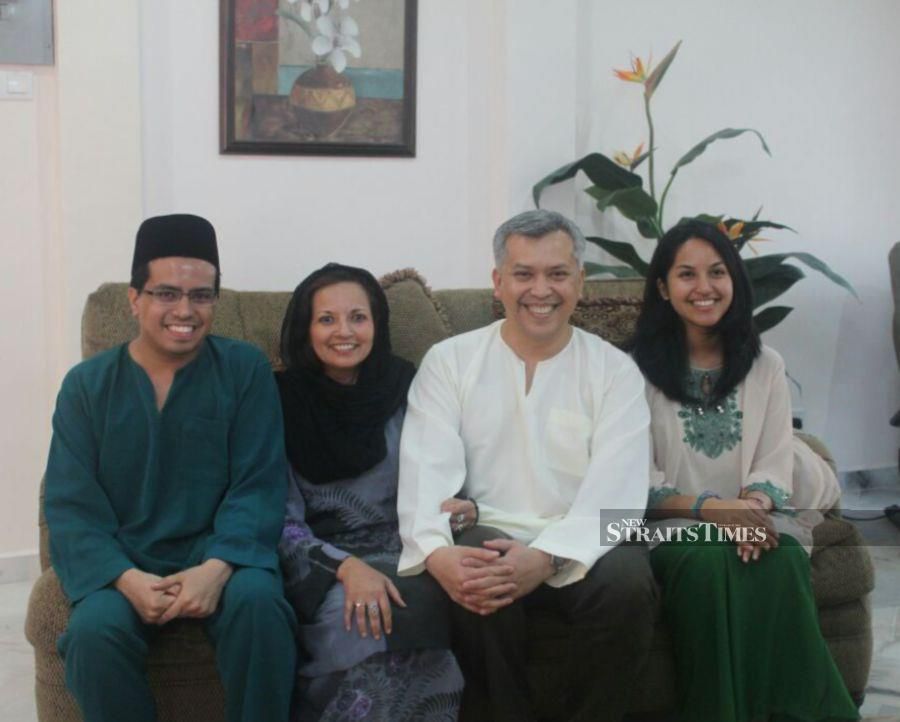
"I was looking for a change in life and had been asking God for a sign," she says, adding: "…that I had made the right decision to return home to Malaysia and make an effort to reconnect to my roots."
After spending most of her childhood abroad, she decided, not long after her graduation, to make that trip back to Malaysia and learn about the country and culture she had left behind all those years ago.

They were en route to Amsterdam from Norway when the tragedy occurred. When they finally arrived at the airport, the news of the unspeakable tragedy was filtering in. Everyone was in shock.
Malaysia Airlines flight MH17 from Amsterdam to Kuala Lumpur was travelling over conflict-hit Ukraine on July 17, 2014, when it disappeared from radar. A total of 283 passengers, including 80 children and 15 crew members, were on board. The plane crashed after being hit by a Russian-made BUK missile over eastern Ukraine.
"It was definitely heartbreaking," she concurs soberly, before adding: "The tragedy hit me deeply. If I had been asking God for a sign, this was it. Live in the moment, be grateful and understand that life is a gift, not a certainty. Since then, I've subconsciously started seeing every single day as my last."
Sofia learnt to embrace life to the fullest. "There's really no time to waste. I just wanted to pursue my dreams and there were so many things I wanted to try before my time comes to an end," she confides softly.
The 24-year-old is certainly living up to that promise she made herself seven years ago. She has since moved to Kuala Lumpur, where she works as a freelance artist, branching into animation and digital art.
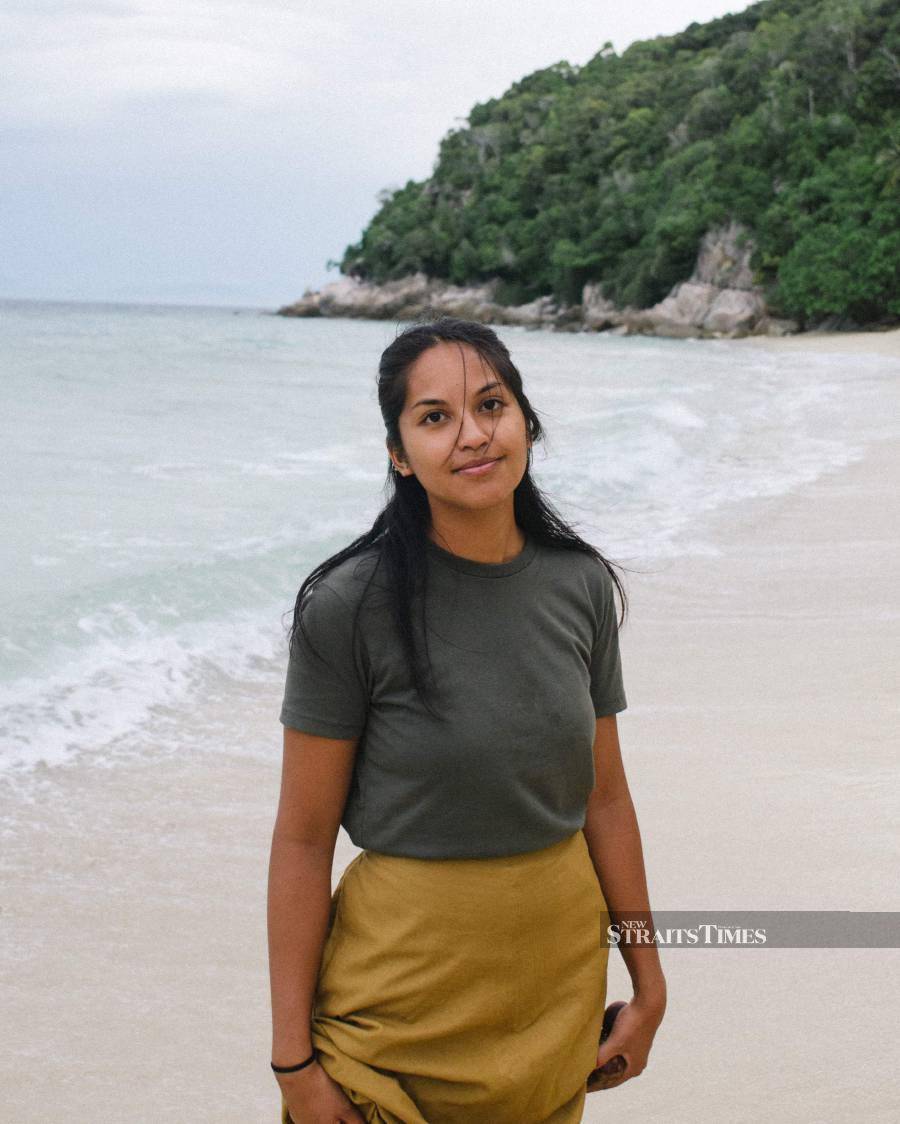
This year, she has completed two one-month virtual artist residencies with KCH Haus.
Her doodle art was exhibited virtually at the Lights On: Georgetown Festival in July. In addition, her animation shorts, which she collaborated with Chadel Soon (I Got Covid and When Two Worlds Collide) were finalists at the G-Short Short Film Festival and Isle of Design: Projection Mapping Competition. When Two Worlds Collide will be projected on the Australian High Commission building side in Kuala Lumpur in the upcoming months.
Sofia is currently enrolled on scholarship in a motion graphic course with the School of Motion. Lastly, this year she has been funded by two Cendana grants to run two art projects, one where she will teach refugee students doodling and storytelling classes to create an e-comic book together.
For the other grant, she will be creating a tutorial on how to create a four-panel comic, which will be free for the public to view.
So, she's finally "home" now. She laughs and nods happily. "I'm still learning a lot of my own Malaysian culture. I'm especially grateful for that sense of community here that you can't find anywhere else."
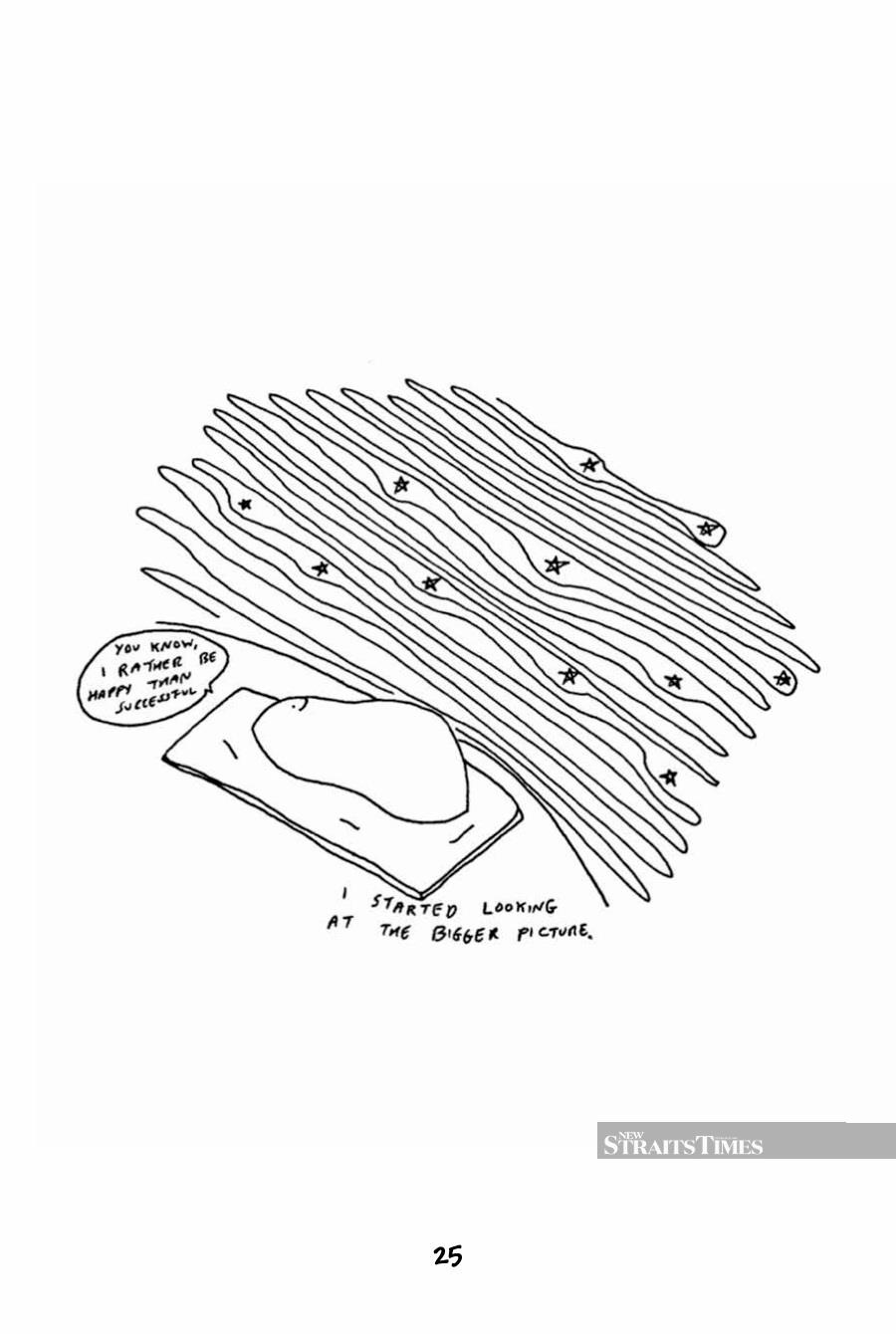
The artist has certainly come full circle. Her search for belonging and identity may have come to an end as she returned to her country of birth, but life is only beginning for the young doodle artist.
"It's surreal to think that my doodling has led me to where I am today," she concludes, smiling. Adding, she says: "I'm forever grateful for the opportunities that have unfolded here where I'm finally at home!"
SOF'S DOODLES: RETURNING TO MY ROOTS
Author: Sofia Munira Mohd Shamsunahar
Publisher: MPH Group Publishing
Available at all MPH Bookstores.
For details go to: www.mphonline.com/products/sofs-doodles.
To learn more about Sofia and her doodling, go to www.instagram.com/sofsdoodles.


